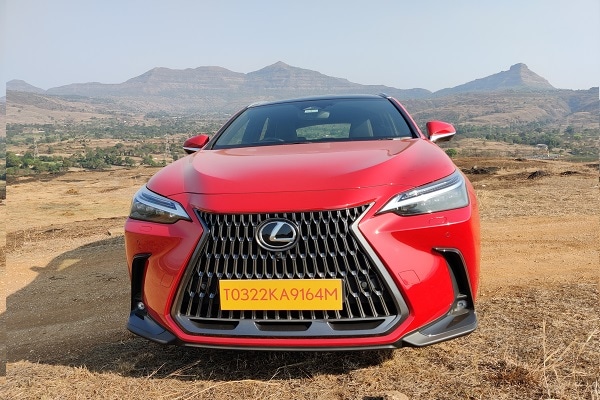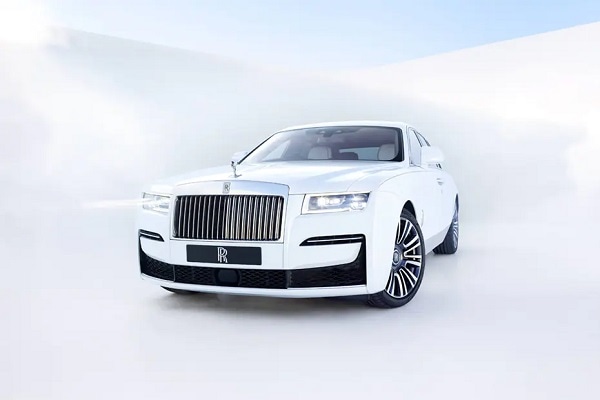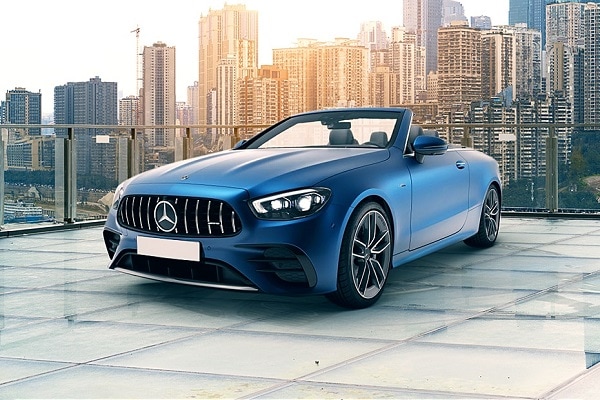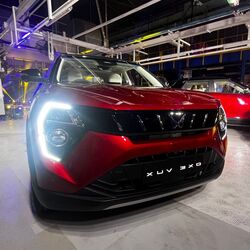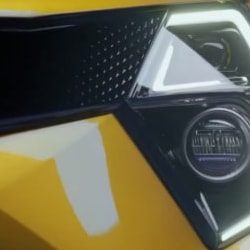Top 5 safety technologies in cars which guard against distracted driving
- Automakers and technology companies are coming out with features aimed at reducing injuries and deaths related to distracted driving.
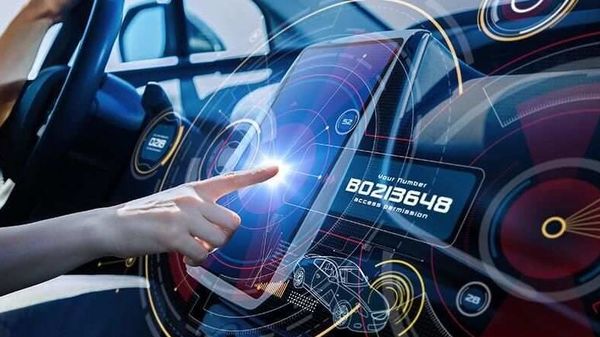

Distracted driving puts not only drivers on the road at risk but also passengers, cyclists and pedestrians. In 2018, it led to the deaths of 2,841 people, according to the most current data from the National Highway Traffic Safety Administration.
Holding a phone and texting are two of the most common causes, but eating, changing the radio, or anything else that causes you to lose focus on the task of driving can also be considered a distraction. The problem is so widespread that NHTSA and the Centers for Disease Control have addressed the issue on their websites.
Also check these Cars
Also Read : No more low charge. This company promises electric cars with 2000 kms range
Automakers and technology companies are coming out with features aimed at reducing injuries and deaths related to distracted driving. Edmunds experts have selected five new car technologies designed to reduce distraction and help make you a safer driver.
DRIVER MONITORING SYSTEMS
This is one of the latest technologies to start appearing in cars. BMW, Subaru and other automakers have installed cameras and sensors inside vehicles that use facial recognition technology to identify signs of driver distraction or fatigue. Some can measure head and eye movements to make sure your eyes are up and on the road ahead. The car will then notify you to pay more attention if necessary.
For cars with advanced cruise control systems, there are sensors to make sure your hands are still on the steering wheel and cameras watching your face. Some systems will put the control back in your hands if you start to look down at your phone or don’t keep your hands on the wheel.
A slightly older variation of this tech are the drowsiness meters found on vehicles from Honda, Mercedes-Benz and Volvo. These systems use steering inputs to determine whether a driver is getting sleepy. Notifications often take the form of a coffee cup in the in-dash digital display to suggest the driver stop for a break. These systems won’t steer the car or lock out controls, but they can serve as a reminder to pay more attention. More advanced systems can link to a car’s navigation and suggest rest stops along the route.
LANE DEPARTURE WARNINGS
As any driving instructor will tell you, our hands tend to follow our eyes, and if you’re looking at the scenery or down at your phone, it can be easy to wander out of your lane without noticing. That’s why lane-departure warning systems are becoming more common in new vehicles.
Essentially, these systems use sensors to keep track of where the vehicle is within its lane. If a system detects that the vehicle is straying across lane lines, it will issue a warning to the driver. The functionality varies from vehicle to vehicle, but common alerts are lights in the instrument cluster, a pop-up notification in a gauge cluster display, or even a rumble in your seat.
LANE KEEPING ASSIST
Often used as a companion to lane departure warning, lane keeping assist takes the extra step of recentering the vehicle by applying light steering correction, though it’s not what you should consider self-driving. You may feel a light tug as the wheel turns slightly in your hand, recentering the car in its lane. If you have cruise control activated, lane keeping assist may deactivate cruise, forcing you to take more control of the car. These systems are found in late-model vehicles from BMW, Cadillac, Honda and more.
ANDROID AUTO AND APPLE CARPLAY
These two smartphone integration systems come in nearly every new vehicle on sale today. When you connect your Android or Apple phone to the vehicle, the system will display many of your smartphone’s apps in your car’s infotainment system.
While these systems may seem like another distraction, Android Auto and Apple CarPlay can be beneficial. They provide a reliable voice control that can read out and reply to text messages, use navigation apps on your phone, and allow you to communicate without looking at your phone. They can also prevent the phone from being used by locking out certain functions, including the on-screen keyboard on Android phones.
LOCKING OUT CONTROLS
Many vehicles from Mazda, Toyota and Volkswagen still use this older anti-distraction method today. These cars will partially lock out controls for an on-screen keyboard while the car is moving so you can’t type in an address, for example. But these functions can still be accessed by using voice commands. All this is done to prevent you from looking away from the road and down at a screen for an extended time.
EDMUNDS SAYS: Having more tech in your car might sound like a cause for distraction, but purchasing a vehicle with one or more of these features can help you be a more focused driver.







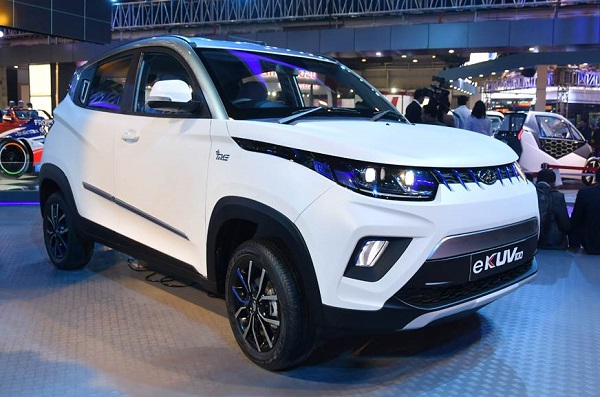
 40 kWh
40 kWh 150 Km
150 Km
 3996.0 cc
3996.0 cc Petrol
Petrol
